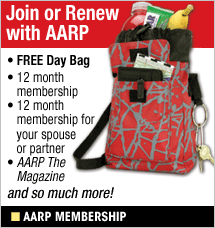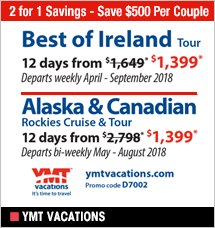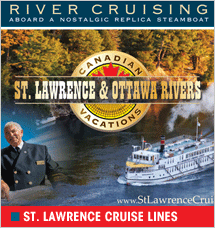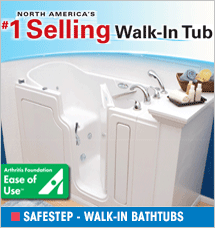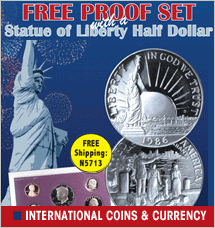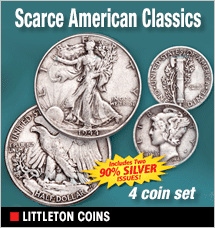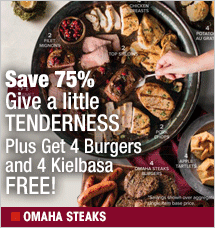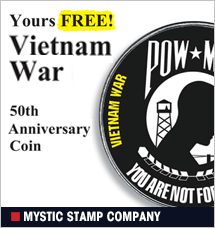The Tenacious Traveler
Vibrant Vancouver, Canada – ‘Best City in the Americas’

Strolling through the compact setting, which offers a dramatic contrast with the hustle and bustle of the surrounding city, I was mesmerized by the graceful pavilions and gazebos topped by intricately sculpted roofs, jade-green reflecting pools, and growths of willow, bamboo and other delicate plant life.
The Dr. Sun Yat-Sen Classical Chinese Garden could well be located in China – but it's not. Instead, it was created halfway around the world in Vancouver, Canada, by artisans from Suzhou, a major city along the Yangtze River. They went out of their way to use traditional materials and design methods from centuries-old gardens there.
Plants, many of the same varieties found in China, were chosen to provide year-round color, and gardening elements were selected to construct a place which combines a feeling of harmony with a balance of opposites. For example, delicate foliage grows adjacent to large craggy rocks, which represent mountains.
The garden is named to honor a nationalist leader who is considered the "father of modern China." It’s one among a number of reasons why Vancouver has earned a Conde Nast Traveler magazine’s “Best city in the Americas” award. Another is its location, nestled between towering mountains and the sea.
The diversity of the city’s multicultural population adds a kaleidoscopic touch. Many residents trace their ancestry back to Chinese immigrants who were brought in for construction of the Canadian-Pacific Railroad, and others who arrived during the country’s Gold Rush, both at the end of the 19th century. Many more recent arrivals came from the Philippines, Taiwan and other Southeast Asian countries.
Earlier travelers from that area of the world also left their influence on the local culture. Forebears of present-day indigenous people began to arrive from Asia around 16,000 B.C. Finding abundant seafood in the bays and wildlife roaming the forests, they settled in to stay.
The influence of people of the First Nations, as those original dwellers and their descendants are known, is everywhere. Elaborate, brightly painted totem poles, most of which were carved by people living in the present-day province of British Columbia, stand as proud reminders of this native heritage. Members of the Squamish Nation continue to practice centuries-old customs like spearfishing for salmon.
A good way to encounter reminders of First Nations culture, along with other major sights, is during a sightseeing trolley ride. Passengers may remain on board for the entire two-hour tour or get off at stops along the route, then reboard to continue the journey.
Stanley Park, a major trolley destination, is a Vancouver “must see. ” Sprawling over 1,000 acres, this popular urban retreat is a green oasis surrounded by the city’s urban landscape. Miles of gentle hiking paths lead past lovely beaches, important cultural sites and historic landmarks. My hour-long stroll passed through dense woods, skirted marshy ponds and led to fields where some of the 230 species of both resident and migrant birds greeted me with a symphony of song.
Noisier in a different way is Granville Island, a former industrial park that was built during the 1920s. Today, the warehouses and corrugated iron buildings – now decorated in a variety of bright colors – house craft shops, artists’ studios, clothing stores and other retail and entertainment establishments.
Much of the action is centered around the public market, a vast, covered space with row after row of produce tables and poultry stalls, seafood vendors and specialty shops. Take-out food counters often are jammed with an eclectic crowd of laborers wearing work clothes, business people sporting the latest fashions, and women out for a day of shopping.
Here, too, the First Nations culture holds court. Several shops sell blankets, jewelry and small stones adorned with hand-painted crabs, lizards and other animals. I spotted simple human figures carved out of caribou antler, and a foot-long soapstone seal priced at more than $3,000.
A very different atmosphere is found in Yaletown, formerly a somewhat rundown industrial neighborhood that has been given a second life. An old railway repair shed has been transformed into a community theater, and warehouses have been restored as artists’ lofts, trendy restaurants and nightclubs.
Another district, which bears the unfortunate name Gastown, is inviting for several reasons. First and foremost is the fact that it was Vancouver’s birthplace. In 1867, a riverboat captain named John Deighton showed up with a keg of whiskey, threw a plank across two barrels and began selling the libation to workers who toiled in nearby timber mills. Deighton’s reputation as a very talkative chap, who on occasion was known to stretch the truth, earned him the nickname “Gassy Jack. ”
The little community that eventually rose around his place of business came to be known as Gassy’s Town, and from that modest beginning a city grew. The area retains its brick sidewalks, cobbled streets and Victorian buildings. Restaurants, bars and boutiques now attract both visitors and locals – yet another reason that makes a visit to Vancouver worthwhile.
For more information about Vancouver, log onto tourismvancouver.com or call (604) 682-2222.
Victor Block recommends that if you can’t visit a destination you’d like to, read about it. He’s happy to be your eyes and ears.


















